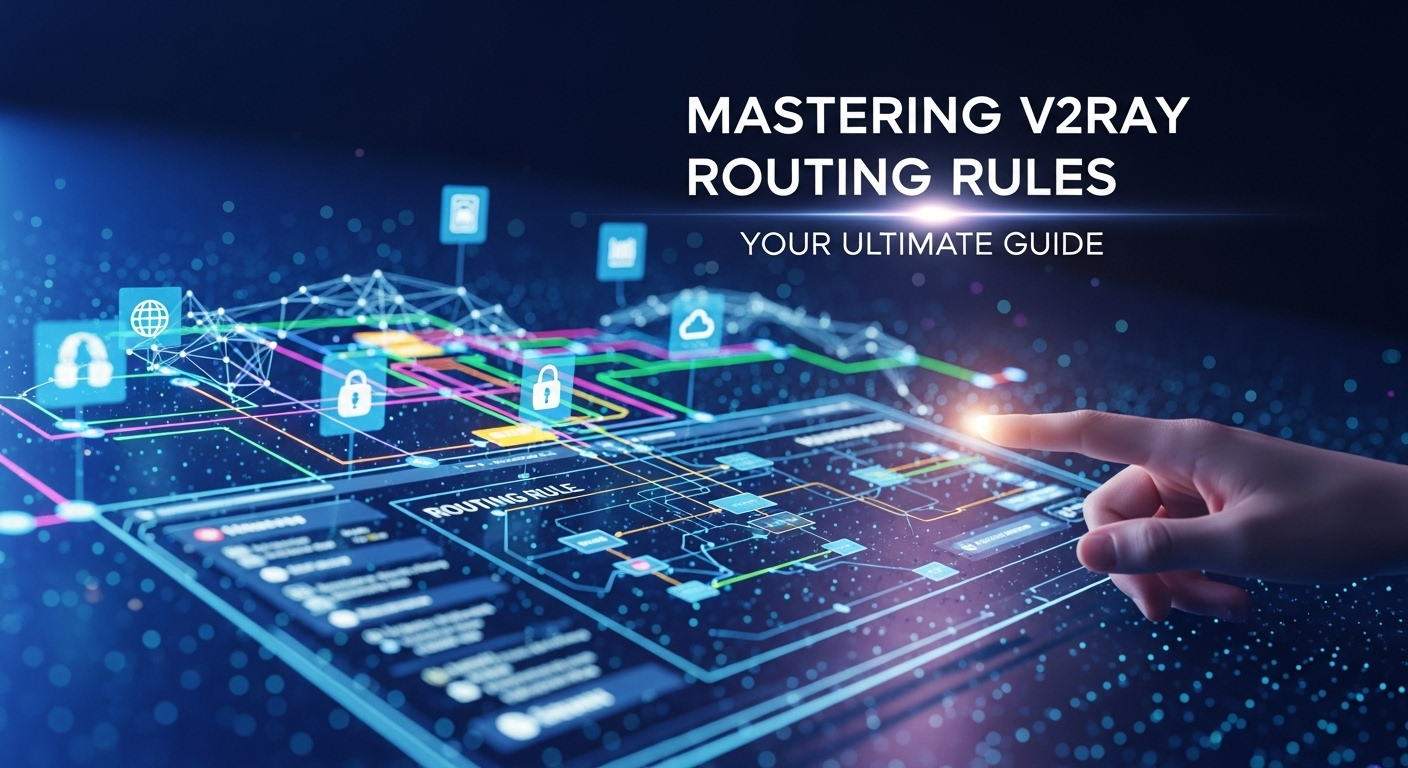Table of Contents
ToggleFrequently Asked Questions (FAQ)
Q: What is the main difference between GeoIP and GeoSite?
A: GeoIP operates on the IP layer. It routes traffic based on the geographical country of the destination IP address. GeoSite operates on the domain layer. It routes traffic based on the requested domain name, which is matched against community-curated lists of domains belonging to specific services or categories (like "google" or "ads"). They are often used together for comprehensive routing.
Q: How do I update my `geoip.dat` and `geosite.dat` files?
A: You need to download the latest versions of these files from the official V2Ray repository (or a trusted mirror). This is typically a manual process of replacing the old files in your V2Ray folder, though some V2Ray clients and scripts can automate this process for you.
Q: Can I use multiple outbound proxies in my routing rules?
A: Absolutely. This is a core strength of V2Ray's routing. You can define multiple outbound proxies in your `outbounds` section, each with a unique `tag` (e.g., "proxy-us", "proxy-jp", "proxy-uk"). Then, in your `rules` section, you can create rules that direct different types of traffic to different proxy tags based on domain, GeoIP, or other conditions.
Q: What happens if a connection does not match any of my rules?
A: If a connection does not match any of the rules you have defined in your `rules` array, V2Ray will route it using the default outbound specified in the main `outbounds` section of your configuration. If you want deterministic behavior, it's a best practice to have a final "catch-all" rule at the end of your `rules` list with no matchers, which explicitly directs all unmatched traffic to a specific outbound (e.g., your main proxy or `"direct"`).
Q: Is V2Ray routing heavy on CPU or memory?
A: For most use cases, V2Ray's routing is highly efficient and has a minimal impact on CPU and memory. The performance cost is negligible compared to the encryption and proxying process itself. However, extremely complex configurations with hundreds of rules, especially those involving heavy use of regular expressions (`regexp`), may have a slightly higher performance overhead than simpler configurations. For 99% of users, this will not be a noticeable issue.

Conclusion
Mastering V2Ray's routing rules is the single most impactful step you can take to elevate your use of the platform. It moves you from being a passive user of a proxy to an active architect of your own network traffic. By intelligently combining domain matchers, GeoIP, GeoSite, and other conditions, you can build a configuration that is faster, more private, and perfectly tailored to your digital life. Whether your goal is to seamlessly bypass geo-restrictions, block intrusive ads and trackers, or simply optimize your network for speed, the routing engine provides all the tools you need.
The journey may seem complex at first, but by starting with the core concepts and gradually building upon them, you can unlock a level of control that few other tools can offer. The power to dictate precisely where every single data packet goes is a profound one. We encourage you to start experimenting with your `config.json`, test different rules, and witness firsthand the transformative effect of a well-crafted routing strategy. Your internet experience will never be the same.
***
Summary
This guide provides a comprehensive explanation of V2Ray's routing rules, designed to help users move beyond basic proxying and achieve granular control over their network traffic. The article breaks down the core concepts of inbounds, outbounds, tags, and the top-to-bottom rule processing logic. It offers a deep dive into practical implementation, detailing how to use various matchers like domain, GeoIP, GeoSite, port, and IP/CIDR to create sophisticated rules. Through examples and best practices, readers learn to build a robust configuration for common goals such as splitting domestic/international traffic and blocking ads. The guide emphasizes the efficiency gained from community-maintained rulesets like GeoSite and provides troubleshooting tips, a comparative table, and an FAQ section to address common questions, ultimately empowering users to master V2Ray routing for a faster, more secure, and customized internet experience.

















